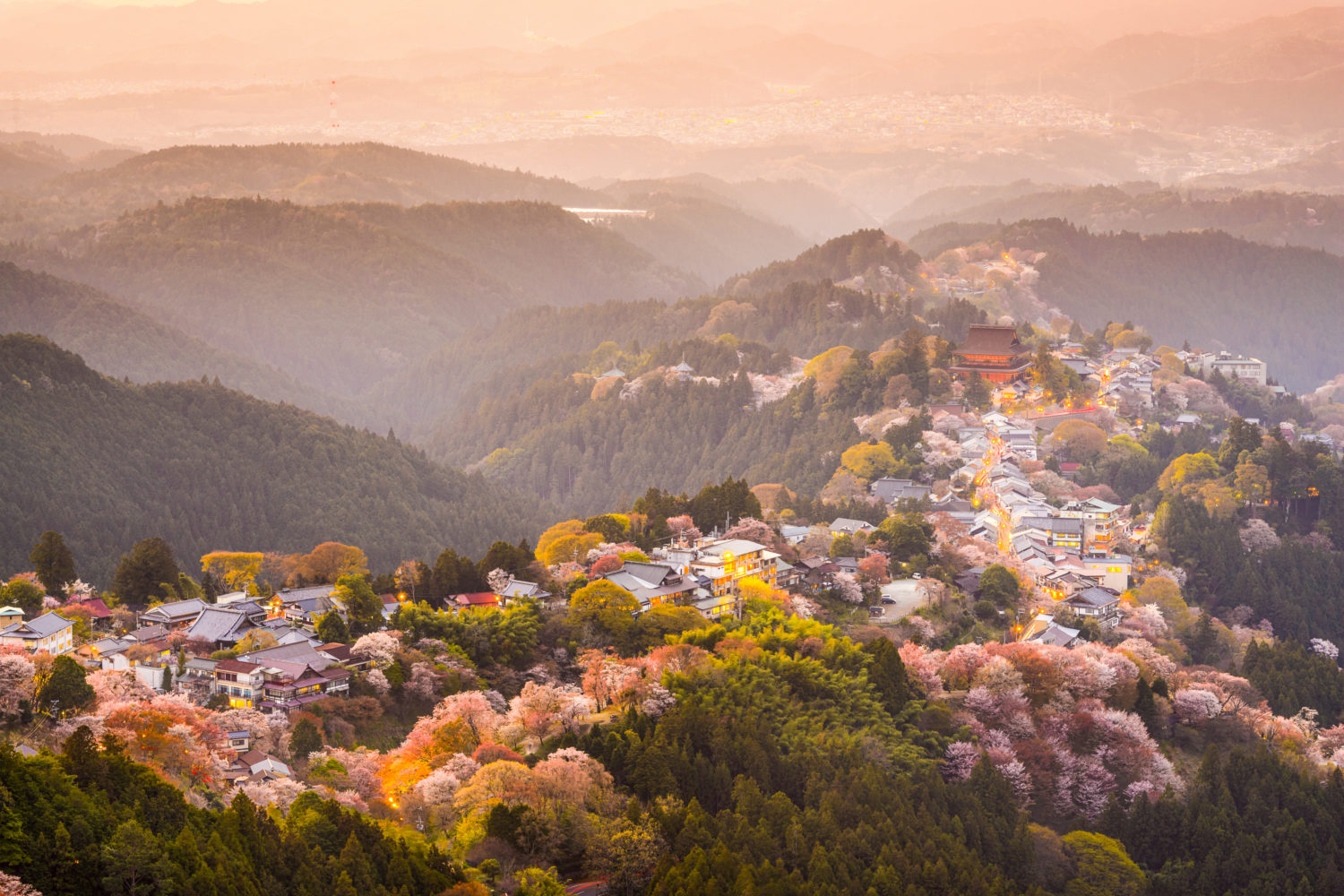
Located in south-central Honshu, less than an hour from Kyoto and Osaka, Nara offers a captivating glimpse into Japan’s ancient past. As Japan’s first permanent capital established in 710 CE, this historic city houses some of the country’s most significant cultural treasures, including the impressive 15-metre bronze Buddha at Tōdai-ji temple.
The 660-hectare Nara Park forms the heart of your experience, where sacred deer—considered divine messengers since ancient times—roam freely, creating an enchanting atmosphere against the backdrop of centuries-old temples. Kasuga Taisha shrine, dating back to 768 CE and adorned with thousands of lanterns, further showcases Nara’s rich heritage.
Despite its compact size allowing for exploration in a single day, Nara’s extraordinary concentration of National Treasures and well-preserved historical districts warrants a longer stay. The city transforms beautifully with the seasons, offering a serene alternative to its bustling neighbouring cities.

Exploring Nara Park
Nestled at the foot of Mount Wakakusa, Nara Park stands as one of Japan’s most beloved attractions, an impressive green space filled with cultural treasures best explored on foot.
The park’s most famous residents are its 1,200 wild deer, sacred messengers of gods in Shinto beliefs. These deer have coexisted with humans throughout history, developing a remarkable relationship where they bow politely for shika senbei (deer crackers) sold by vendors.
Key attractions include Todai-ji Temple with its Great Buddha housed in one of the world’s largest wooden buildings; Kasuga Taisha Shrine with its copper lanterns; Kofuku-ji Temple featuring a distinctive five-storey pagoda; and the Nara National Museum showcasing Buddhist art.
The park is five minutes from Kintetsu Nara Station or 20 minutes from JR Nara Station. Given its expansive size, strategic planning is essential. Early morning visits offer the most serene experience, when deer are especially active.
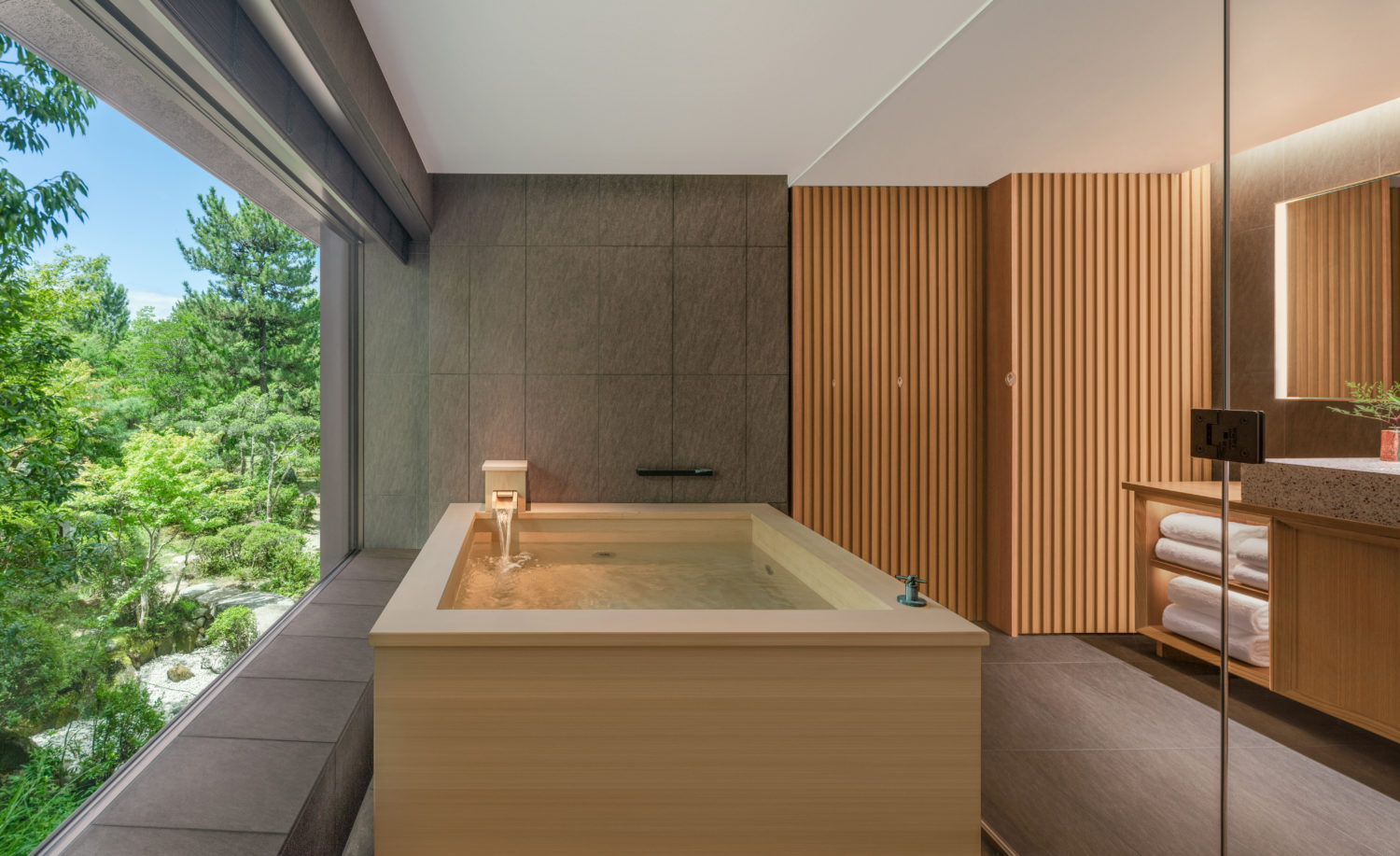
Shisui, a Luxury Collection Hotel, Nara
Nestled amidst the lush greenery, Shisui, a Luxury Collection Hotel, Nara offers an exquisite retreat for discerning travellers. Located just 1.9 kilometres from JR Nara Station, this premium accommodation provides convenient access to the city’s World Heritage sites while maintaining a serene environment.
The hotel’s main building holds particular historical significance, having been thoughtfully renovated from the Nara Prefectural Governor’s official residence built during the Taisho era (1912-1926). This architectural heritage provides guests a unique opportunity to experience a tangible piece of Japanese history while enjoying modern luxury.
Each elegantly appointed room blends contemporary comforts with traditional Japanese aesthetics, creating a distinctive atmosphere that celebrates local culture.
You can indulge in rejuvenating treatments at the hotel’s spa or maintain their fitness routines at the well-equipped fitness centre. The property also boasts beautifully landscaped gardens, perfect for peaceful morning strolls.

The on-site restaurant serves refined cuisine crafted from seasonal, local ingredients. Dining here highlights the culinary heritage of the region with contemporary interpretations of traditional dishes.
Private guided tours to nearby cultural landmarks can be arranged through the concierge. These bespoke excursions offer insights into Nara’s rich history and significance not typically available to regular visitors.
The hotel also hosts exclusive workshops, including traditional tea ceremonies, calligraphy sessions, and seasonal craft activities. These immersive experiences provide meaningful connections to Japanese traditions and artistry.
Secure private parking is available for guests arriving by car. The hotel’s attentive staff ensure a personalised stay, attending to individual preferences with meticulous care and discretion.
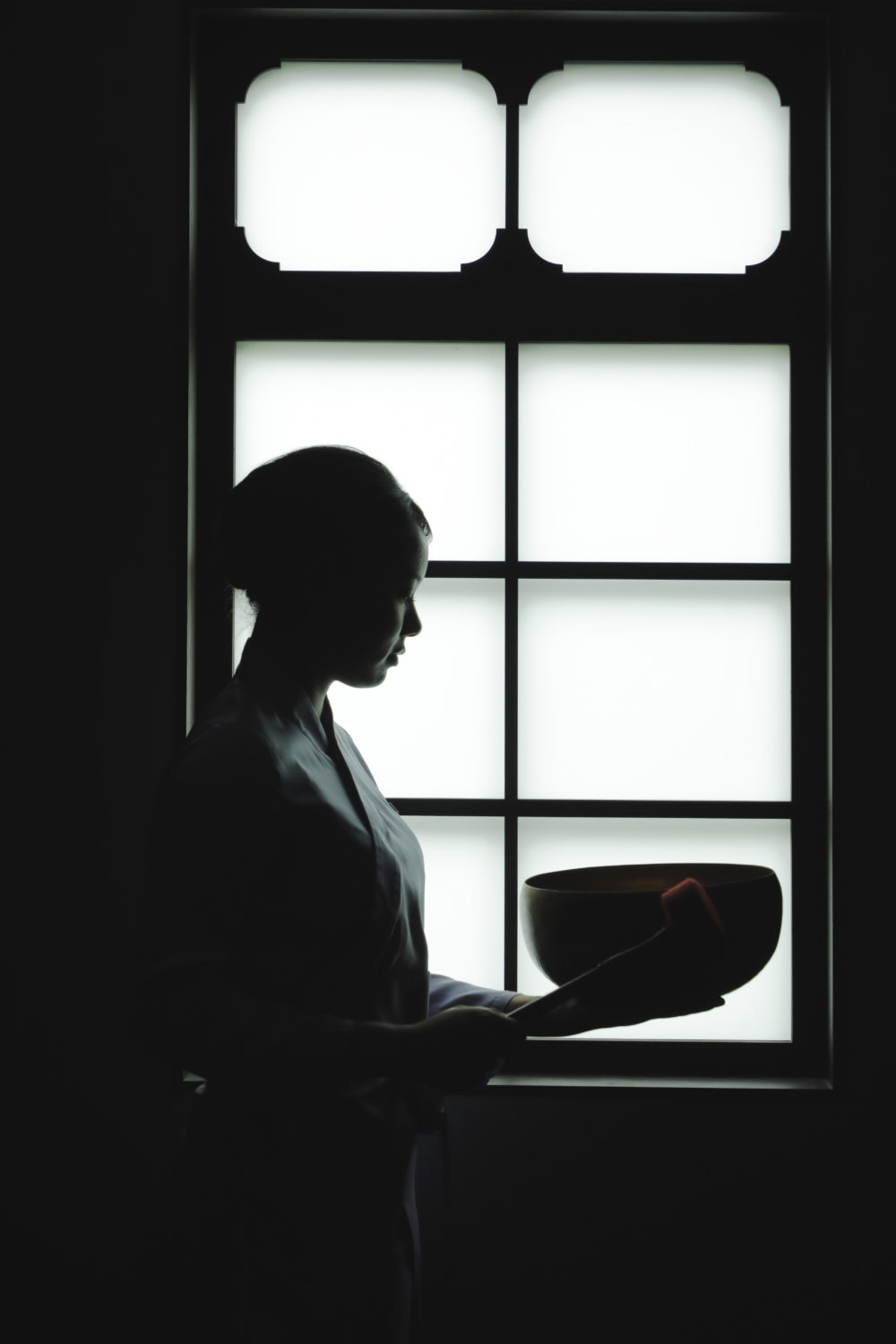
Craftsmanship at Nakagawa Masashichi Shoten
With a heritage spanning nearly 300 years, Nakagawa Masashichi Shoten in Nara exemplifies Japanese craftsmanship reimagined for modern living. Their renowned “Kayaori Fukin” kitchen towels, celebrated for exceptional absorption and quick-drying qualities, showcase the meticulous attention that defines traditional Japanese handicrafts.
The company’s reputation for excellence was internationally recognised in 1925 when their handspun, hand-woven ramie handkerchiefs represented Japan at the Paris Exhibition. Today, their emporium features an impressive collection of local artisanal products, including Akahada pottery, Yoshino cedar items, and numerous crafts that reflect Nara’s distinctive aesthetic heritage. The supportive creative environment of this ancient capital, with its abundant natural resources and tranquil atmosphere, continues to nurture skilled craftspeople.
For discerning customers, the shop offers bespoke services creating personalised ramie goods—each piece requiring over a month of dedicated craftsmanship to produce sufficient hand-spun, hand-woven fabric. They also provide on-the-spot embroidery for linen handkerchiefs, allowing you to add a deer motif or your initials for a quick customisation option that makes for a charming personalised souvenir.
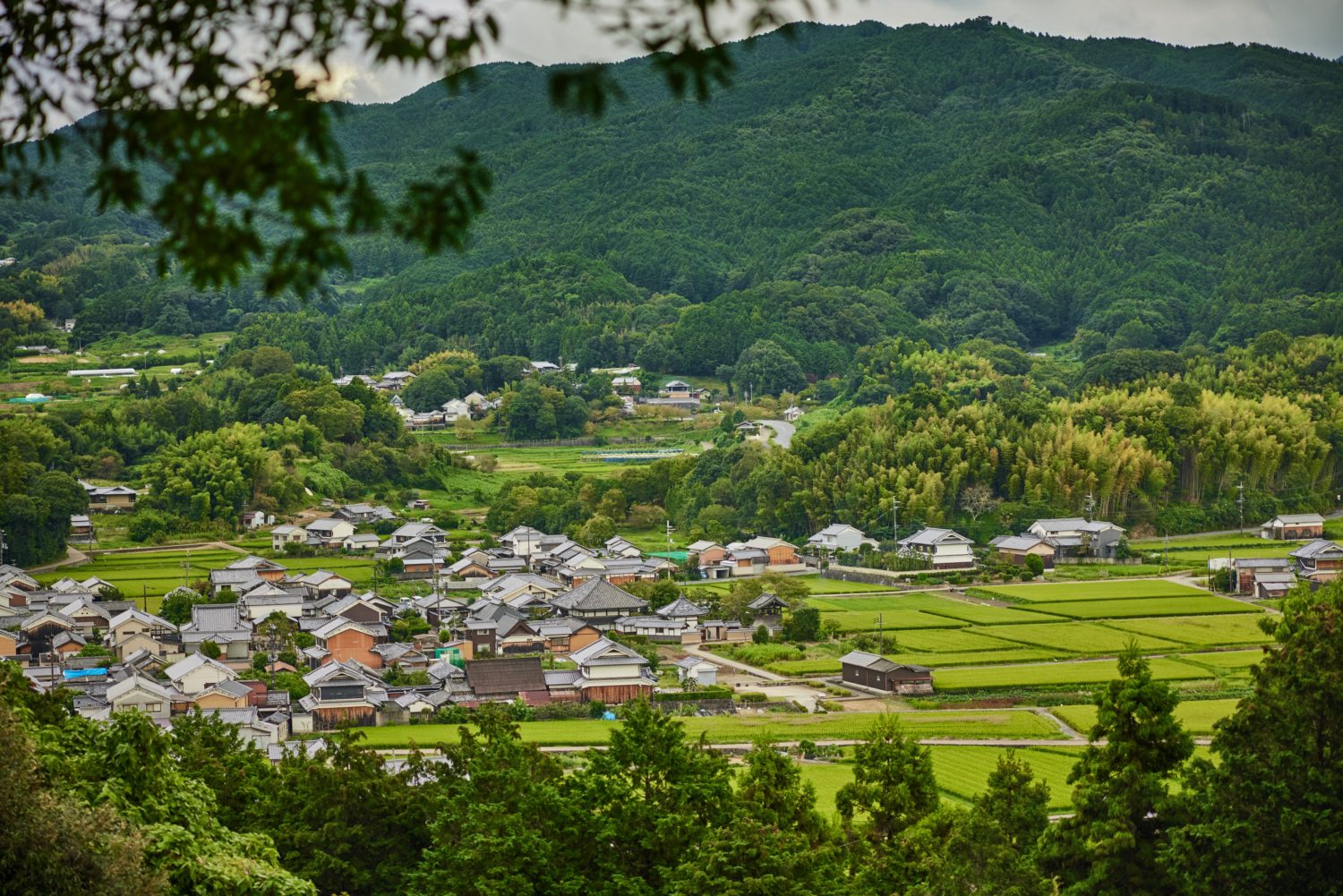
Scenic Views at Amakashi-no-oka Hill in Asuka Village
Amakashi-no-oka Hill stands at the heart of the Asuka region, offering one of the finest vantage points in Nara Prefecture. This gentle hill, with an elevation of 148 metres, provides you with panoramic views of Asuka Village and the surrounding landscape.
From the observation deck, you can enjoy sweeping vistas of the entire Asuka countryside, including the iconic Yamato Sanzan (three mountains) and a patchwork of traditional homes with distinctive kawara tiles nestled among rice fields. The hill transforms magnificently with the seasons. Early to mid-spring brings plum and cherry blossoms that frame the stunning views with delicate pink and white blooms, whilst autumn paints the landscape with vibrant foliage colours.
Well-maintained paths wind through native trees and plants, making the journey uphill a pleasant experience. Visitors often comment on the peaceful atmosphere that pervades this historic site.
Visible from the hill, Asuka Village holds tremendous historical significance as Japan’s first capital and the cradle of Japanese civilisation, where early imperial courts established the foundations of Japanese art, culture and political structures.
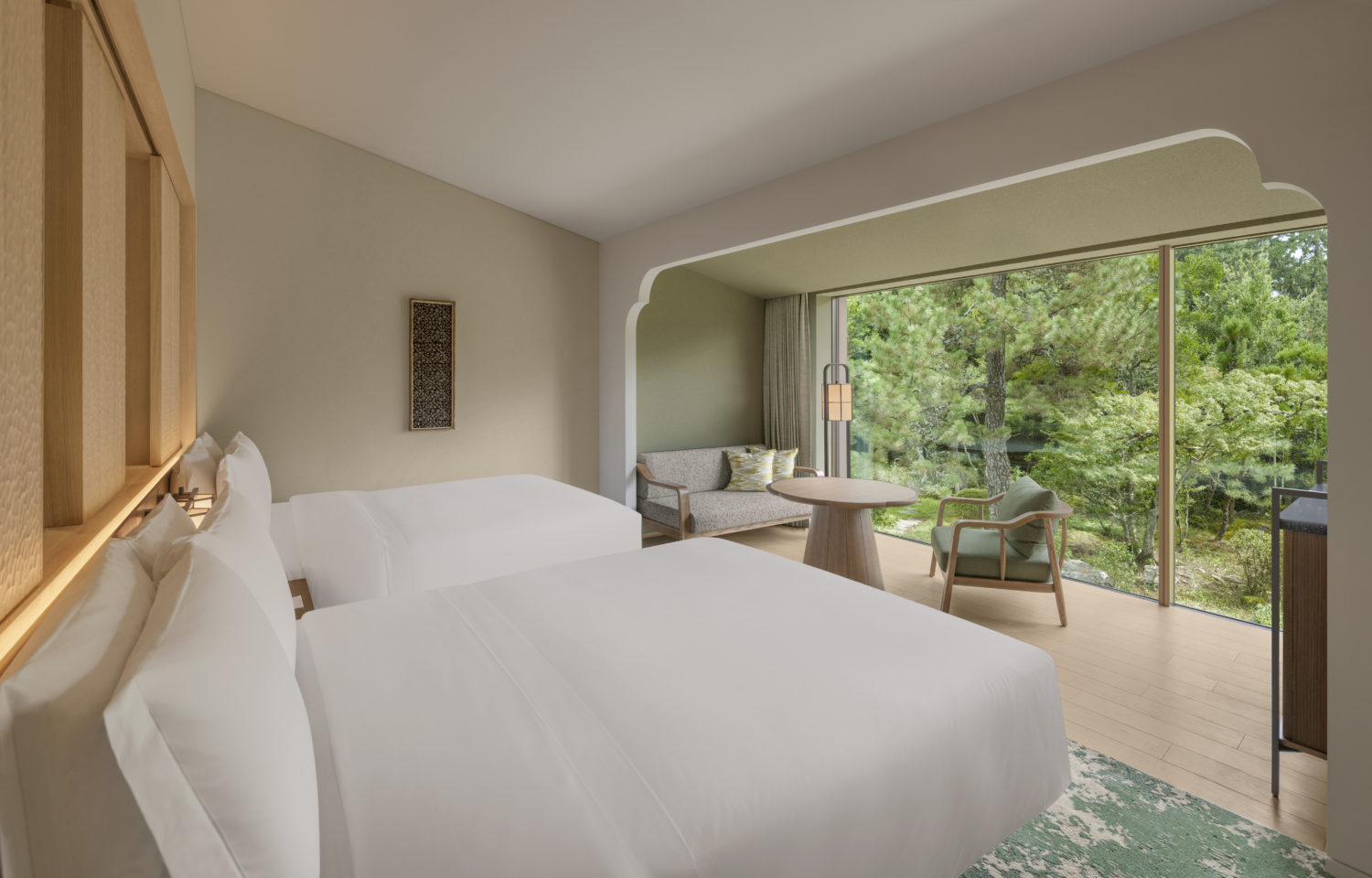
Historical Significance of Ishibutai Tumulus
The Ishibutai Tumulus stands as one of Japan’s most remarkable archaeological treasures. Constructed in the 7th century during the Asuka Period (552-710), this megalithic structure represents one of the largest stone burial chambers in the country.
Widely believed to be the tomb of Soga no Umako (551-626), a powerful political figure who worked alongside Prince Shotoku to promote Buddhism in Japan, the tumulus provides fascinating insights into ancient Japanese elite funerary practices.
The monument’s engineering features approximately 30 massive stones weighing several tonnes each, demonstrating the advanced construction techniques of the period. The main chamber measures nearly 8 metres in length, making it Japan’s largest square-shaped tumulus.
In recognition of its cultural importance, Ishibutai received designation as a Special Historic Site (tokubetsu shiseki) in 1954, upgrading its 1935 status as a National Historic Site.
Today, you can walk inside the exposed stone chamber and marvel at its precise construction. Archaeological findings here have provided valuable information about the influential Soga clan, offering a tangible link to Japan’s past and insights into ancient burial customs and political structures.
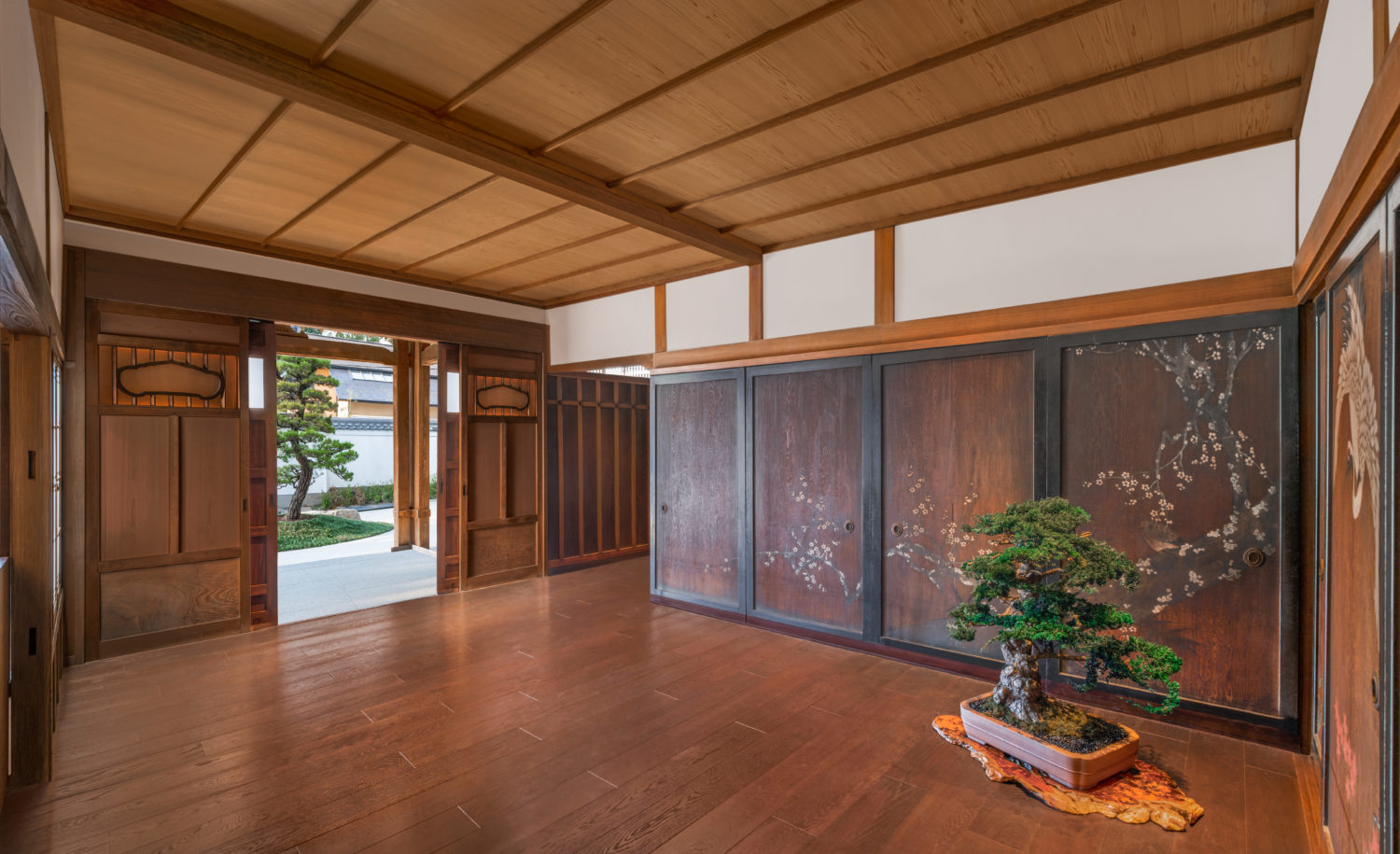
Spiritual Experience at Kinpusenji Temple
Nestled on the slopes of Mt. Yoshino in Nara, Kinpusenji Temple stands as the spiritual centre of Shugendo, a unique Japanese religion blending elements of Shinto and Buddhism. As the head temple of this mountain asceticism practice, it offers you a profound spiritual encounter unlike any other in Japan.
The temple’s magnificent Zaodo (Main Hall) commands attention as Japan’s second largest wooden structure after Todaiji. This important cultural property houses three enormous statues of Zao Gongen, the principal deity of Shugendo, which are rarely displayed to the public.
Every day at noon, you can witness the powerful goma fire ritual, where monks burn wooden prayer plaques inside the hall, transforming written prayers into sacred smoke rising heavenward.
The temple’s significance dates to the seventh century when En no Gyoja, Shugendo’s founder, established it. Four special cherry trees near the Zaodo entrance commemorate Prince Morinaga’s final banquet in 1333 before his palace fell.
The imposing Niomon Gate, standing over 20 metres tall with 5-metre guardian statues, serves as a symbolic threshold between mundane and sacred realms. This 14th-century National Treasure welcomes pilgrims beginning their spiritual journey into Japanese mountain asceticism.
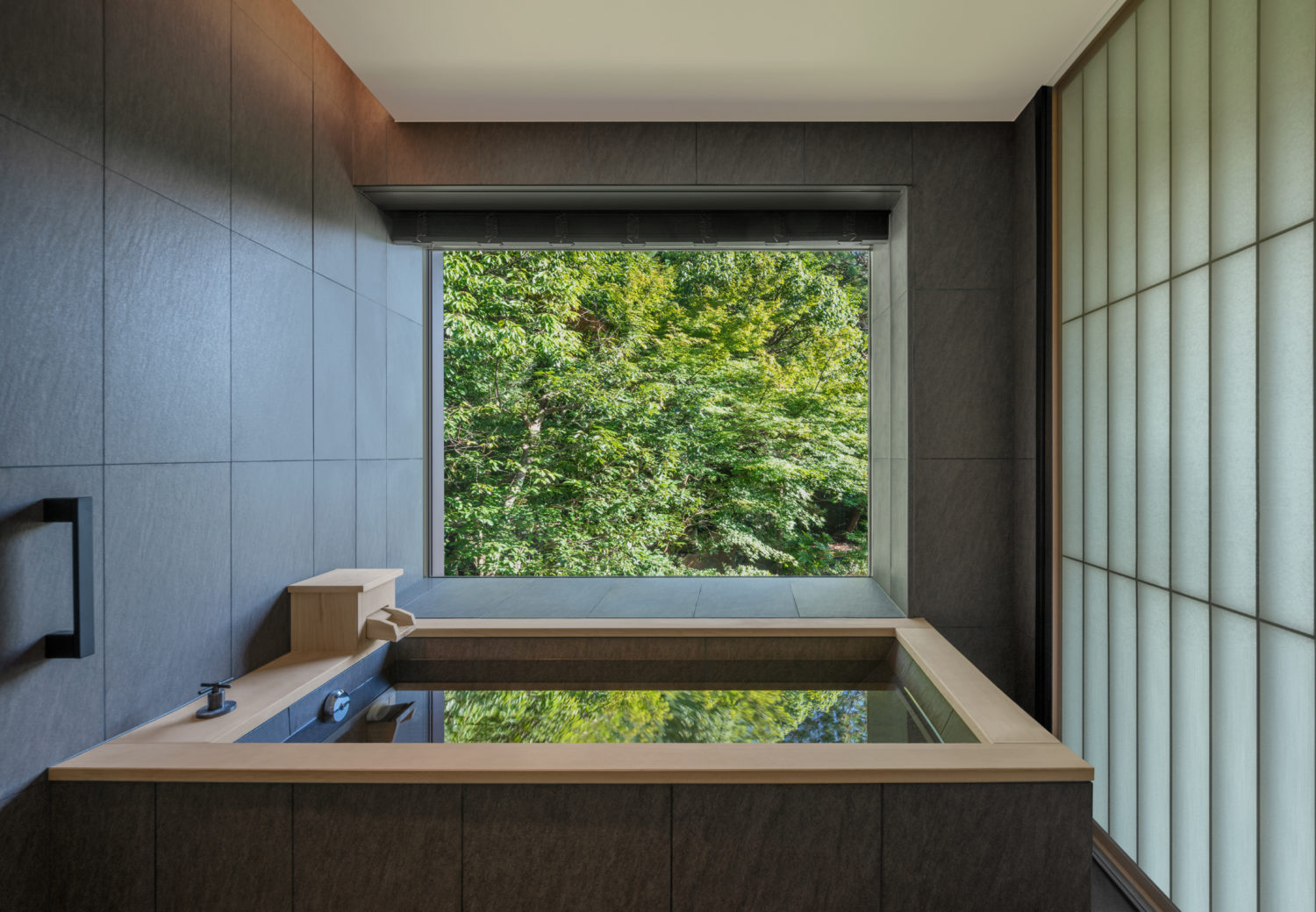
Stunning Views from Hanayagura View Spot
Perched at approximately 600 metres above sea level, Hanayagura Observatory stands as one of Yoshino’s premier lookout points. This exceptional vantage point rewards you with panoramic vistas spanning across Yoshino-cho town and surrounding mountains, including Mount Kongo on the Nara-Osaka border.
The observatory is particularly renowned during cherry blossom season when the landscape transforms into a breathtaking tapestry of pink and white. From this elevated position, one can admire the famous 30,000 cherry trees that carpet Mt. Yoshino, especially those in the Kami-Senbon and Naka-Senbon areas.
Reaching Hanayagura requires a short but steep climb up Shishiozaka slope. The effort is well worthwhile, as the spectacular scenery has captivated visitors for centuries.
Early April typically marks peak cherry blossom season, with early mornings offering atmospheric misty views. During blossom season, the charming Komorichaya tea house opens temporarily, allowing you to enjoy local delicacies whilst taking in the magnificent views.
The most famous panoramic view of Yoshinoyama can be enjoyed from this viewpoint, which also offers glimpses of historical structures like Zaodo Hall of Kinpusen-ji Temple nestled amongst the seasonal beauty, adding cultural depth to the natural splendour.
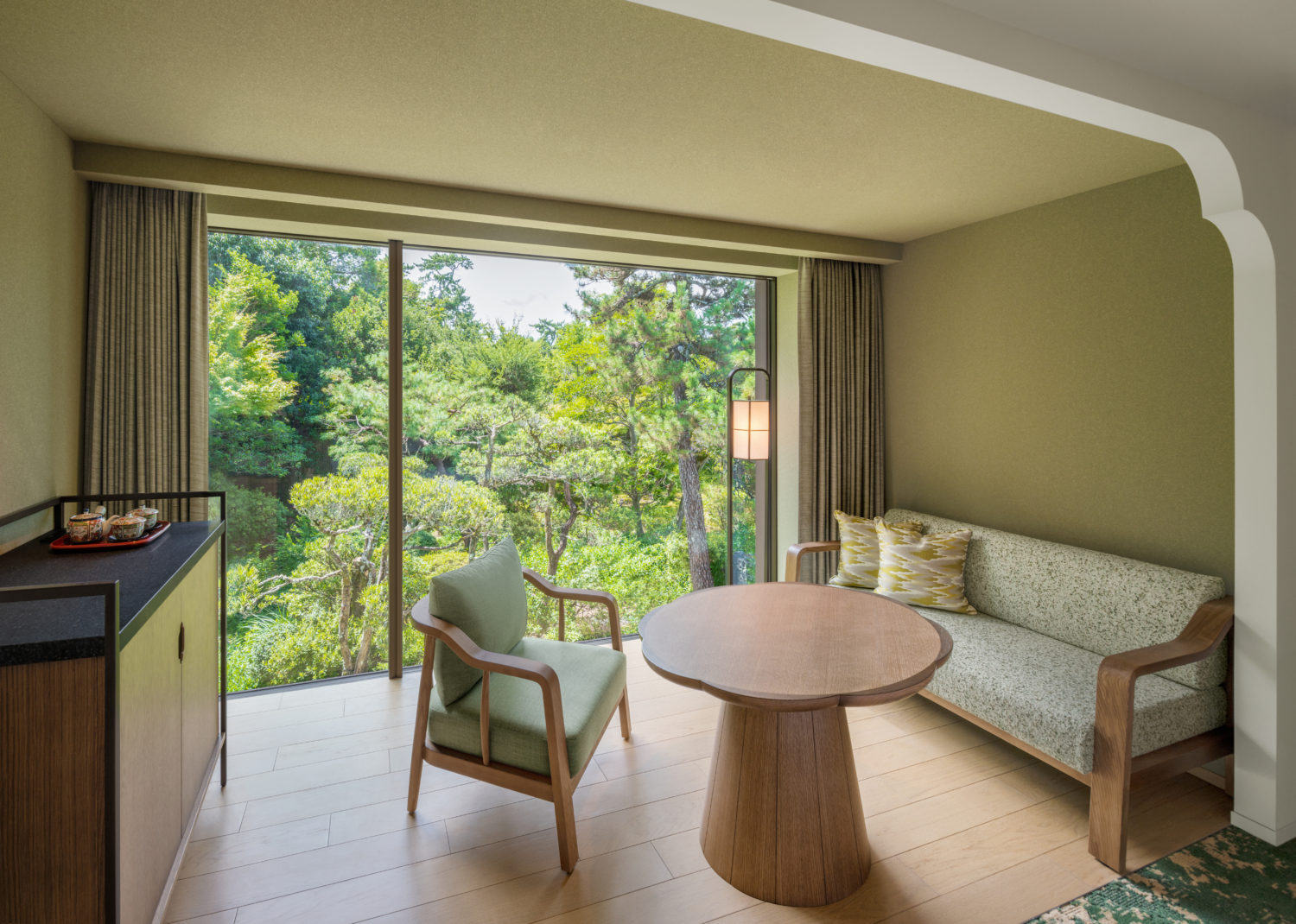
Shugendo Experience: Omineokukakemichi Shugyomon to Mount Omine (Sanjogatake)
Shugendō is a unique Japanese spiritual tradition combining elements of Shinto, Buddhism, Taoism, animist beliefs and shamanistic practices. Practitioners seek to acquire supernatural powers and spiritual salvation through rigorous mountain training.
The Omineokukakemichi trail on Mt. Omine offers authentic Shugendo experiences, where En no Gyoja reportedly attained enlightenment. Guided tours operate from 3rd May to 23rd September, led by sendachi (guides) who ensure safety and proper ritual instruction.
Participants face physical challenges designed to foster spiritual growth at sacred sites where prayer and meditation are encouraged. Proper footwear, layered clothing and modest attire are essential for varied terrain and weather conditions.
Traditional practices include takigyo (waterfall meditation), kaihogyo (mountain asceticism), chanting sacred texts and ritual purification ceremonies. These activities create a profound spiritual atmosphere throughout the journey.
The journey culminates at Mount Omine (Sanjogatake), offering spectacular views and a sense of accomplishment. Many report profound nature connection and heightened spiritual awareness.
Historically, Shugendō was considered a male domain, with women prohibited from entering many mountains. The tradition views mountains as transformative spaces where arduous spiritual discipline connects practitioners with divine presence.
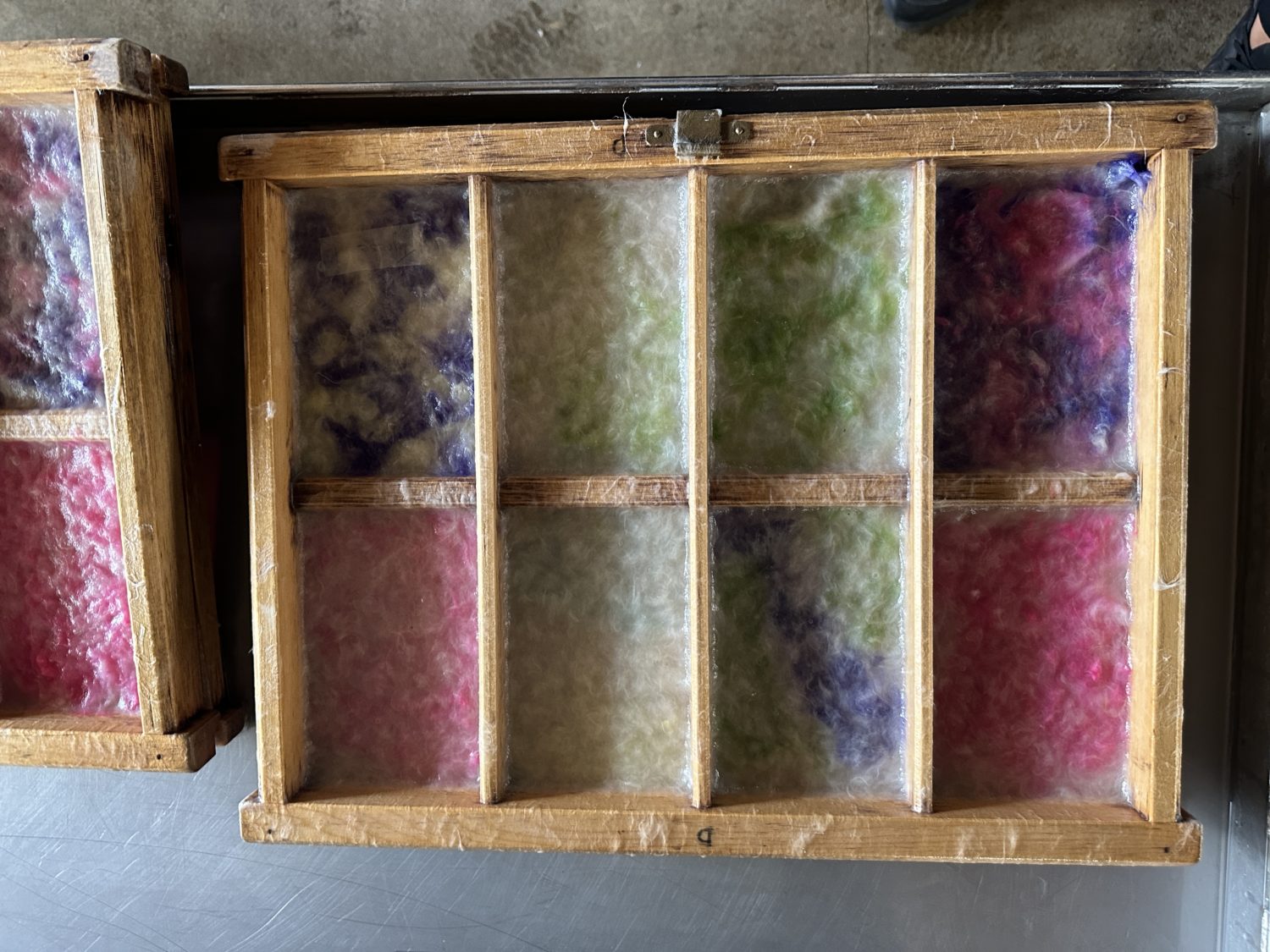
Traditional Craft: Making Washi at Fukunishi Washi Honpo
In picturesque Yoshino, the Fukunishi family has preserved the ancient art of washi papermaking for six generations. Their workshop, Fukunishi Washi Honpo, continues to create traditional Japanese paper using methods unchanged for centuries.
The family crafts their renowned paper using locally harvested mulberry bark and the pristine waters of the Yoshinogawa River. This combination yields papers of exceptional quality and durability that have earned prestigious recognition.
As official washi paper suppliers to Japan’s Imperial Household, the workshop also provides their products to international institutions like the Smithsonian and British Library—testament to the paper’s superior texture and longevity.
The washi-making process begins with harvesting and processing mulberry bark, followed by soaking and pounding to prepare fibres for sheet formation. Craftsmen then hand-form sheets using traditional techniques without compromise, before sun-drying the paper.
Preserving a 1,300-year-old tradition, Fukunishi Washi Honpo offers you hands-on workshops where you can create their own washi postcards using natural dyes and traditional methods with advance booking.
The workshop is accessible via a 15-minute taxi journey from Kintetsu Yamato-Kamiichi Station, with opening hours from 8:00-12:00 and 13:00-17:00 and a modest admission fee.
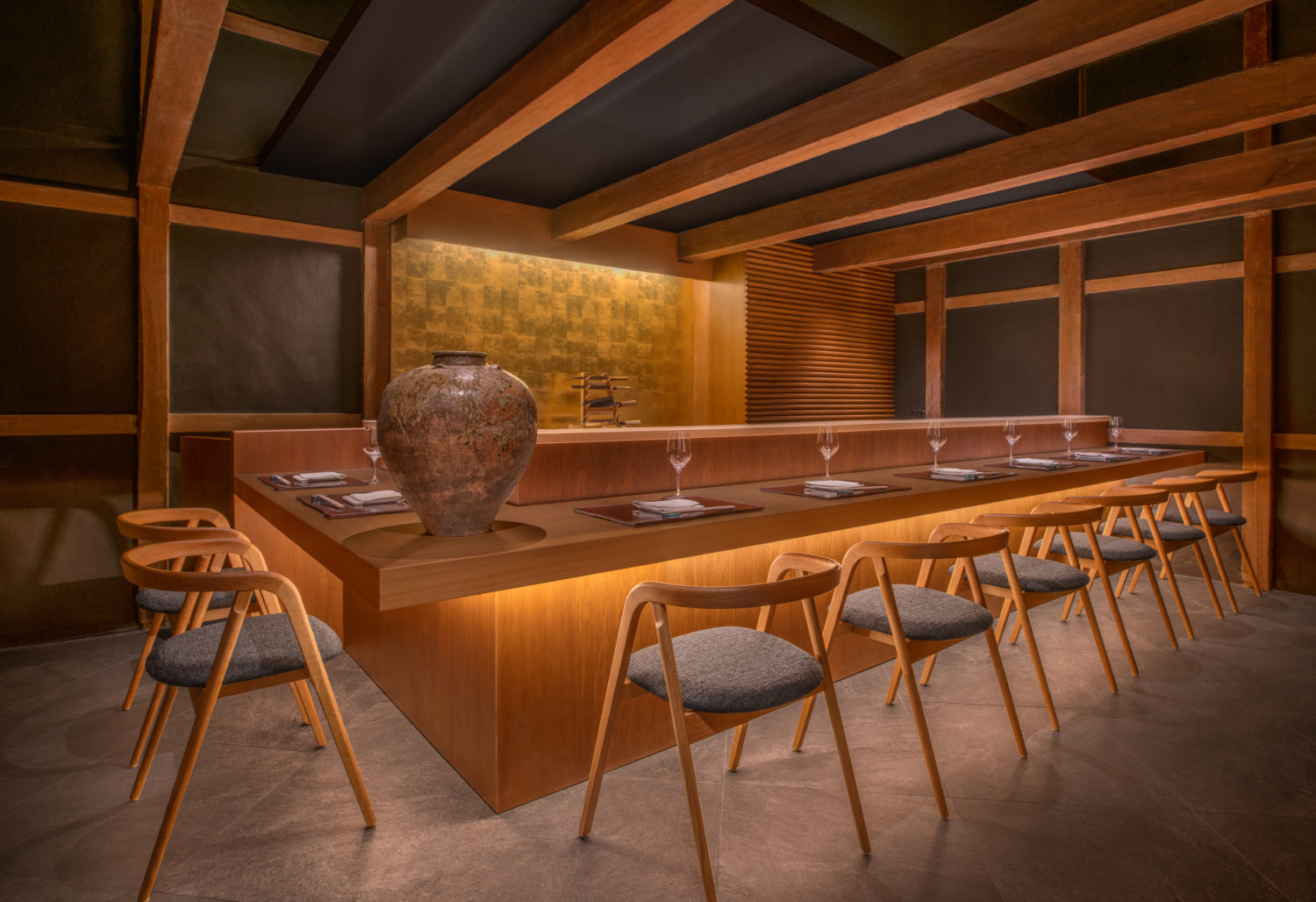
Cosy Accommodation at Kadojin
Nestled in the picturesque Dorogawa Onsen area of Nara Prefecture, Kadojin offers a traditional ryokan experience with 350 years of history. This charming accommodation features only 8 meticulously designed rooms, ensuring an intimate atmosphere for all guests.
The ryokan boasts beautifully crafted wooden architecture that reflects its rich heritage. Guests particularly appreciate the tastefully decorated pure Japanese-style rooms that provide a genuine cultural experience.
What sets Kadojin apart is its distinction as the only ryokan in Dorogawa Onsen that offers rooms with private outdoor hot spring baths. These rooms provide stunning garden and mountain views that change with the seasons.
The attentive staff create a welcoming environment, though service levels can vary. During autumn and winter months, rooms are equipped with kotatsu (heated tables) for additional warmth and comfort.
Dining at Kadojin is a highlight, offering a menu that showcases local specialties. Enjoy delicious venison skewers, fresh river fish, and tofu made with the region’s renowned spring water. The menu also has seasonal mountain vegetables and herbs, providing a true taste of the area’s culinary heritage.
The ryokan provides free WiFi and private guest parking. Its location in Tenkawa Village makes it an excellent base for exploring the natural beauty of the surrounding mountains.
For those seeking alternative accommodation options, Kadojin also operates Camp Base Kadojin, featuring tiny trailers and tent saunas for a unique outdoor experience.
Advance booking is recommended due to the limited number of rooms and the ryokan’s growing popularity among travellers seeking authentic Japanese hospitality.
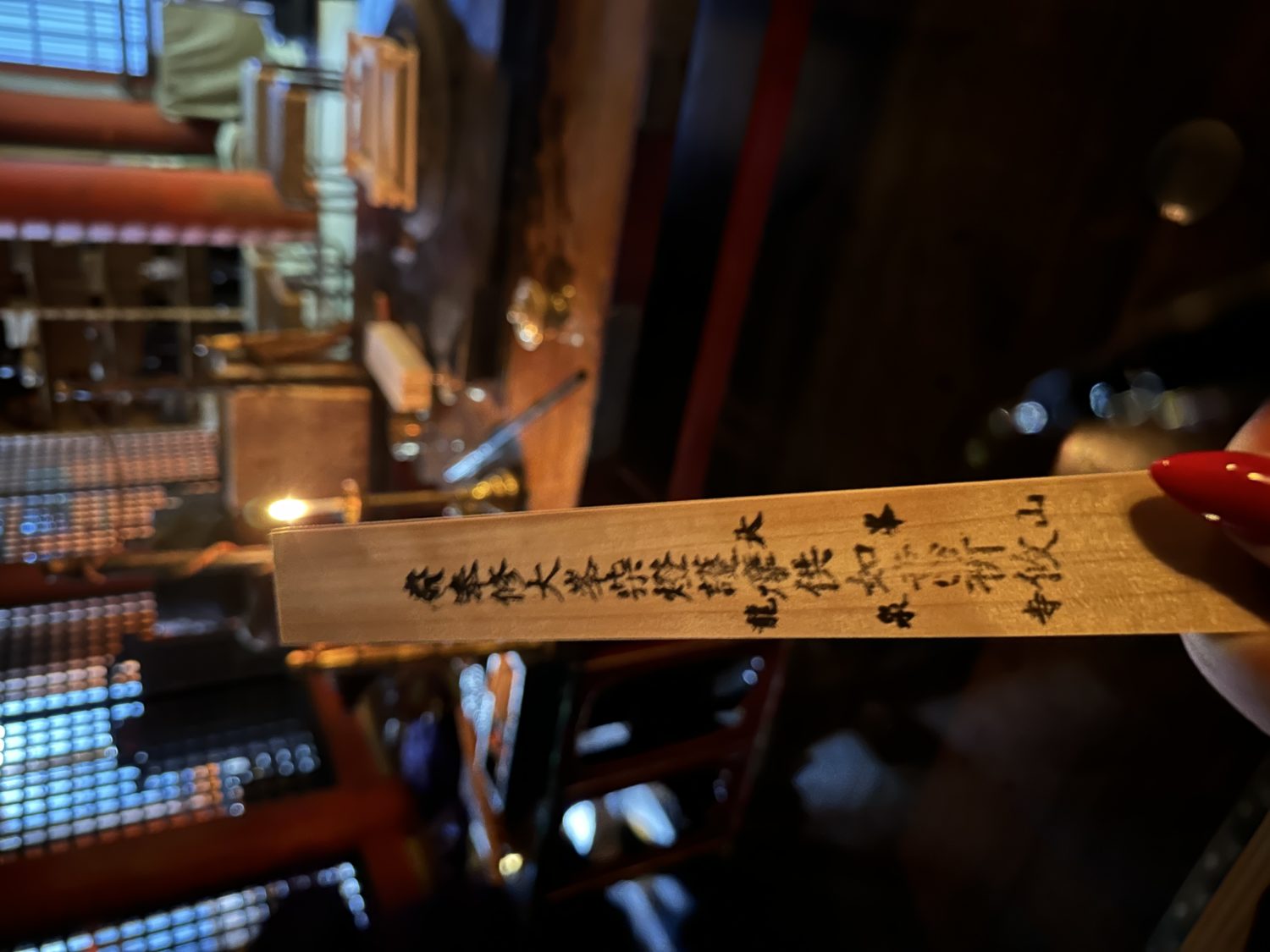
Goma Gyo (Fire Ritual) at Ryusen-ji Temple
The Goma Gyo fire ritual stands as one of the most visually dramatic ceremonies in Japanese esoteric Buddhism. At Ryusen-ji Temple in Dorogawa, this powerful purification rite continues a centuries-old tradition within Shugendo, Japan’s distinctive mountain ascetic practice.
During this ceremony, trained monks position themselves before a consecrated fire altar, chanting sacred mantras whilst offering wooden prayer plaques to the flames. These plaques, inscribed with devotees’ wishes and prayers, are believed to be delivered to the gods and Buddha along with the sacred flames, creating a direct connection between the worshippers and the divine.
The fire symbolises Buddha’s wisdom consuming worldly desires and negative energies. As flames intensify, participants experience both spiritual and physical warmth in this multisensory ritual.
The ceremony centres around a consecrated altar with gomaki (wooden prayer plaques) carrying prayers to the divine realm. Ritual elements include precise chanting, meaningful hand gestures (mudras) called “inn”, and ritual implements creating a profound atmosphere.
At Ryusen-ji, you can witness this esoteric ritual following water purification (Suigyo). Established 1,300 years ago by En-no Gyoja as a Shugendo sect sanctuary, this ‘Dragon Spring Temple’ enshrines the mountain deity Zao Gongen. Prior to entering the sacred mountain, participants purify themselves with water at designated ritual areas—a practice continuing today as practitioners pray for safety before undertaking ascetic training on Mount Omine.
Throughout the complex, sacred ponds and dragon motifs reflect the temple’s water connection. The monks maintain unwavering focus during fire rituals, preserving spiritual traditions that have honoured these mountains for thirteen centuries.
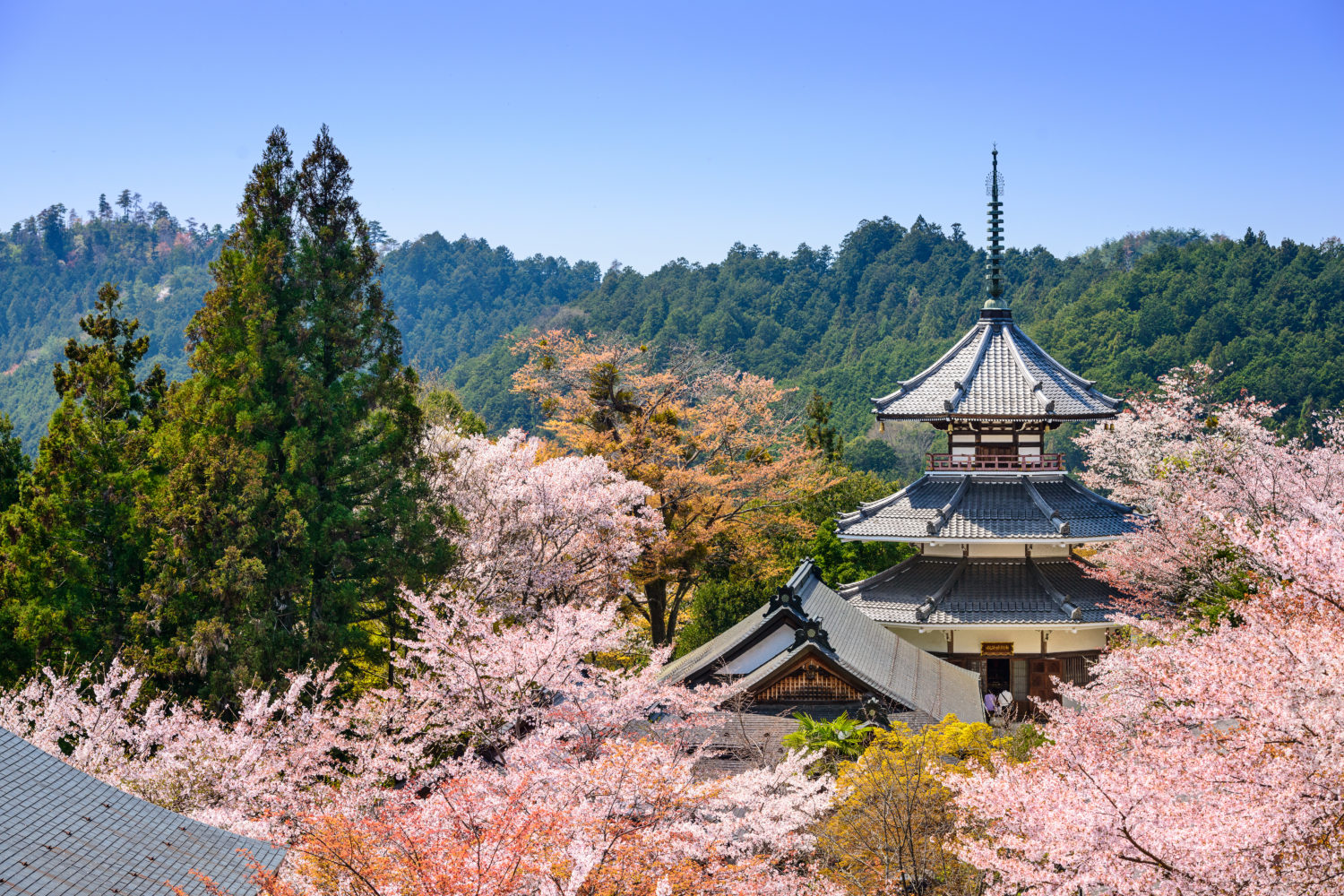
Aerial Views from Tenkawamura Village Helicopter Scenic Flight
The scenic helicopter flights from Tenkawamura Village offer a breathtaking perspective of Nara’s celebrated cherry blossoms. These 10-minute aerial tours provide an unparalleled vantage point for viewing Mount Yoshino’s legendary sakura trees during peak bloom season.
In early April, typically the 4th through 6th, you can witness the extraordinary spectacle of over 30,000 cherry trees blanketing the mountainside—a panorama impossible to fully appreciate from ground level.
Accommodating up to three passengers per flight, these intimate helicopter sky cruises operate between 10:00 and 16:00, with reservations available through AirX AIR OS Skyview booking system.
The excursion features spectacular views of Mount Yoshino’s sakura-covered slopes and provides unobstructed photography opportunities to capture stunning images of the vibrant blossoms and landscape. Nara’s cherry blossoms typically begin blooming around late March, flights in early April can coincide perfectly with full bloom conditions, maximising the visual impact of the pink and white blossoms carpeting the mountain.
The price is £399 per helicopter charter regardless of passenger count, with a maximum combined passenger weight of 220 kilograms. For a longer aerial tour, extended flights departing from Yao Airport in Osaka Prefecture offer 40 and 60-minute options before returning to Osaka.
Shisui, a Luxury Collection Hotel, Nara
62 Noboriojicho, Nara, 630-8213, Japan







